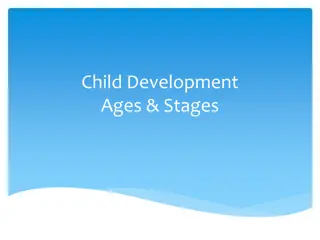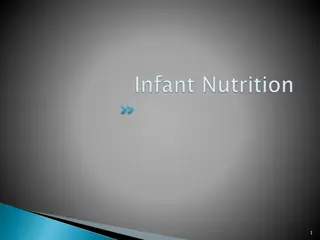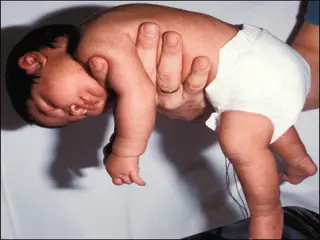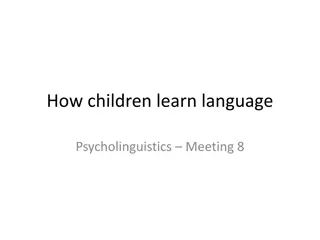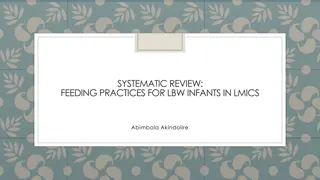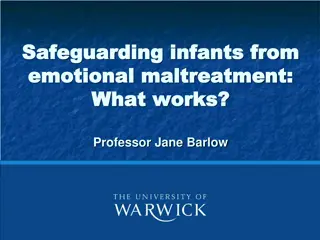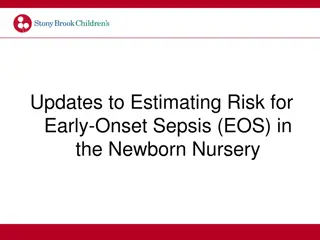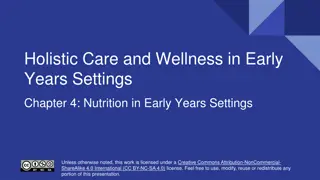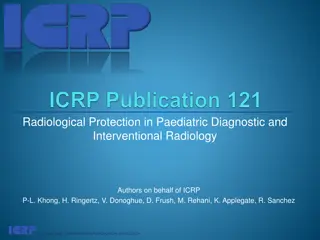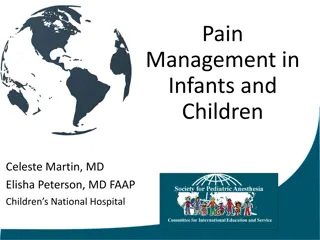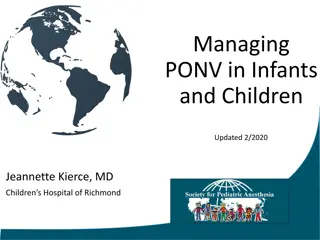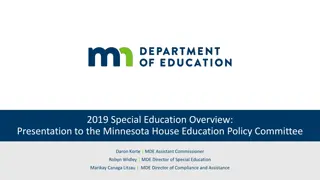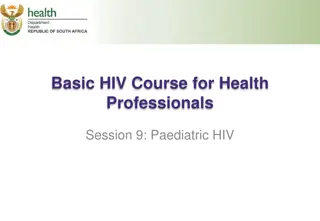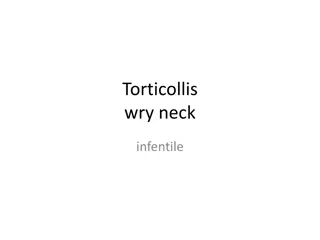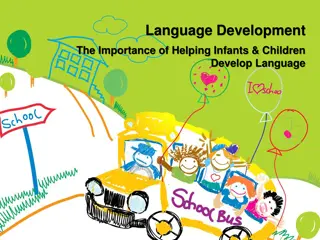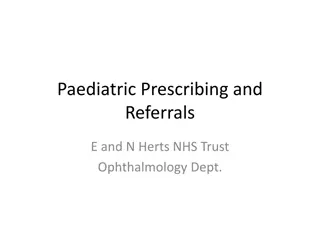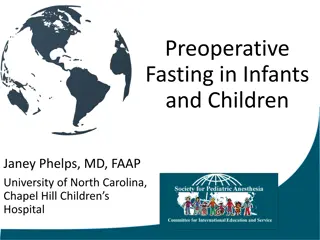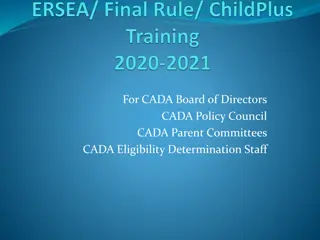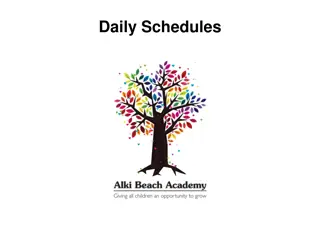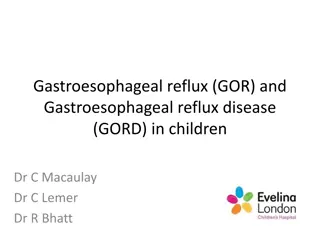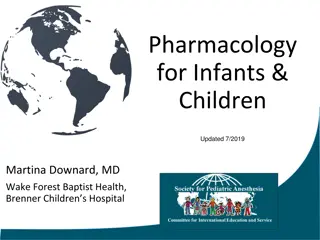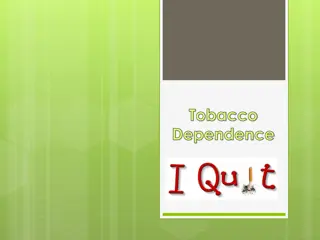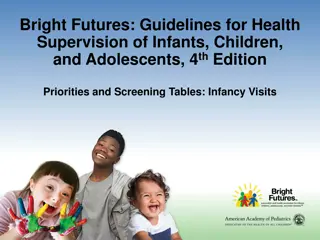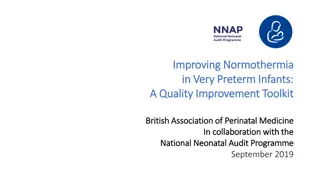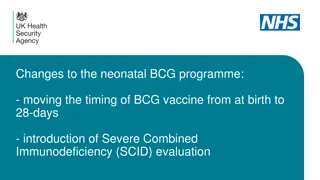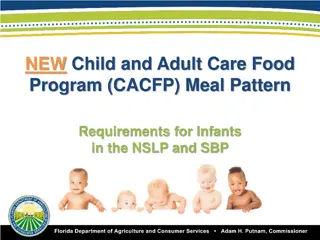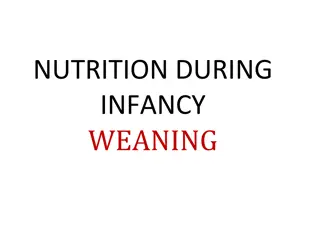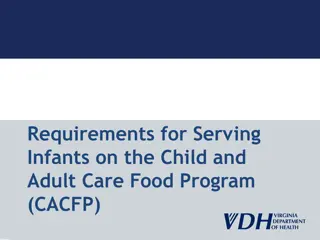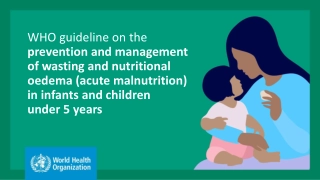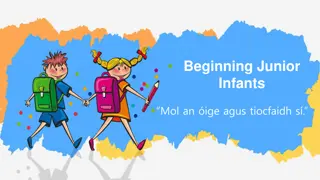Understanding and Addressing Biting Behavior in Infants and Toddlers
Biting in infants and toddlers is a common behavior that can be due to exploration, communication, frustration, excitement, teething, or a means of control. It is essential for child care professionals to help children learn positive ways to interact and communicate emotions effectively to address these behaviors.
Download Presentation

Please find below an Image/Link to download the presentation.
The content on the website is provided AS IS for your information and personal use only. It may not be sold, licensed, or shared on other websites without obtaining consent from the author. Download presentation by click this link. If you encounter any issues during the download, it is possible that the publisher has removed the file from their server.
E N D
Presentation Transcript
In partnership with your Local Public Health Department and the Missouri Department of Health and Senior Services Child Care Health Consultation Program
An unfortunate, but normal part of child development A means of infants and toddlers exploring their environment (oral stimulation) In toddlers age 12-36 months, may be a form of communication Rarely lasts beyond age 3, but if it does could signal an underlying problem
Infants use their mouths to explore They do not connect biting with pain it causes others Infants are impulsive they may bite just because there is something to bite Infants may bite when over stimulated or excited Infants may bite to relieve teething pain
May bite because it is a way to communicate (frustration) They act on the moment (they don t plan to bite) It is their way of controlling a situation They are still developing how they express emotions
Like infants and toddlers, can be a mechanism for being in control of a situation Can also be as a result of frustration or anger In their mind, may be self-defense
Very young children really are not developmentally ready to share They often communicate physically before they are ready to use language
There are no magic solutions It is important that child care professionals support children and families as they address these behaviors Child care professionals are essential to helping children learn what are acceptable and not acceptable actions Help them learn positive ways to interact; encourage words to express emotions
Anticipate problem situations and stay alert. If a particular child has difficulty in transitions, the caregiver should stay close to the child and praise positive behavior, especially for children who bite. Caregivers can teach children age- appropriate ways to control themselves, which will encourage confidence and serve to guide children who bite toward self- control and away from biting.
If a particular child has difficulty in transitions, the caregiver should stay close to the child and praise positive behavior, especially for children who bite. Caregivers can teach children age- appropriate ways to control themselves, which will encourage confidence and serve to guide children who bite toward self-control and away from biting.
React with a tone of voice that is firm but calm to show the act is not acceptable For younger children use words like ouch and hurts but not bad and naughty Remember, they don t understand biting the way you do For older children, say things like, biting hurts. You must not bite Be watchful so that you can prevent it before it occurs if at all possible
Separate the children who were in conflict Speak to the child that has bitten someone else in a clear and firm manner Comfort the child that was bitten by another child and perform first aid if needed Deal with the situation when it occurs, but discourage parents from punishing them again at home; instead encourage them to talk about it with their child (if old enough) without dwelling on it
Look at the environment to see what may have triggered the biting (crowding, lack of supervision, overstimulation, etc) Minimize congestion and confusion, competition for toys and adult attention, frustration, and boredom.
Review facility policies see CFOC Standard 8.010 for recommendations Related policies involving children with HIV, Hepatitis, etc may apply Complete any documentation (incident reports, etc)
Never bite back Never encourage other children to bite back Never have child bite themselves to see how it feels All of these methods encourage negative behavior, confuses the child, and may encourage self harm
Most experts stress confidentiality Teachers or directors should NOT reveal the identity of the child who is biting to parents of other children Instead, experts suggest that child caregivers assure the parents that they are aware of the problem and are working toward solutions Inform them that all children are capable of having problems with biting
Parents should know that biting is a normal occurrence for many children in group care situations Apologizing to family members is not an effective strategy, because an apology implies that there is a foolproof way to prevent the incidents Instead, relate to the parents what is being done to insure the safety of all of the children
Understanding the developmental factors that contribute to biting behavior can help parents and caregivers make environmental or programmatic changes as necessary to minimize the behavior Caregivers need to provide accurate information to parents
Guidance to children who bite should be provided with the goal of helping children develop inner control of their feelings and actions. A quick and consistent response at home and in the center can help children who bite learn to express their feelings in words so that they can become better able to control their behavior
California Child Care Health Program: https://cchp.ucsf.edu/sites/cchp.ucsf.edu/files/bit ingen060604_adr.pdf Early Childhood and Parenting Collaborative (IL): http://ecap.crc.illinois.edu/poptopics/biti ng.html Care for Kids: http://www.careforkids.com.au/articles v2/article.asp?ID=79
National Childcare Accreditation Council: http://ncac.acecqa.gov.au/family- resources/factsheets/biting.pdf




